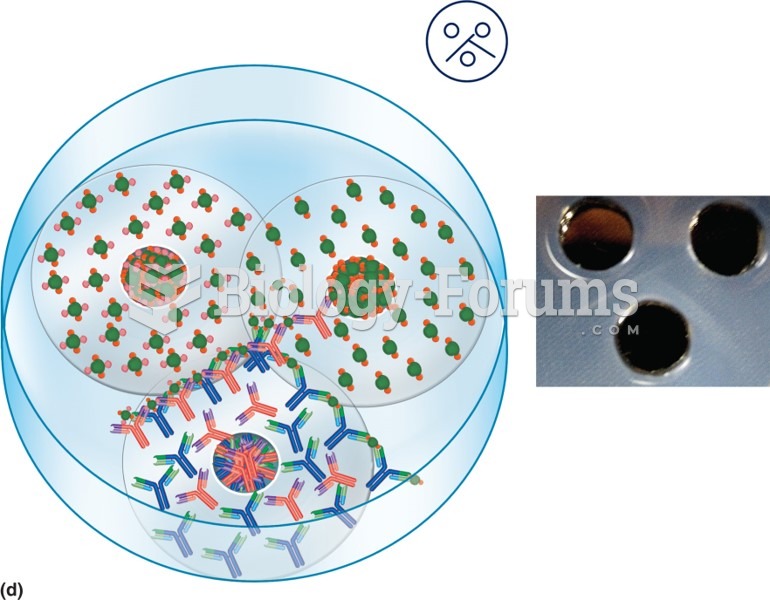Answer to Question 1
Poor left ventricular function. If K.Z. were fluid overloaded and had adequate ventricular function, all
of the numbers would be elevated. A decrease in CI and an elevation of the rest of the values indicate
poor left ventricular function.
To increase CO. The norepinephrine is a vasopressor that increases central blood pressure, thereby
increasing myocardial oxygenation and decreasing the workload on the heart. Dobutamine
stimulates myocardial adrenergic receptors, thereby increasing CO without significantly increasing
heart rate.
Monitor the efficacy and side effects of both drugs.
Norepinephrine enhances myocardial force, thus increasing CO. The major side effects of
norepinephrine are anxiety, bradycardia, and palpitations.
The desired effects of dobutamine are increased CO and stroke volume and decreased PCWP
and systemic vascular resistance (SVR). The major side effects of dobutamine are hypertension
and hypotension, palpitations, dysrhythmias (particularly tachycardia and premature ventricular
contractions), nausea and vomiting, and dyspnea.
Monitor urine output.
Monitor blood pressure continuously and maintain per ordered parameters.
Monitor ECG continuously, watching for dysrhythmias.
Maintain the integrity of the IV and monitor the IV site closely for signs of infiltration. Infiltration of
these vasopressors may lead to tissue necrosis and sloughing.
Answer to Question 2
Arterial blood gas analysis, including Pao2, Paco2, pH, and acid-base balance, provides a more
complete picture of a patient's respiratory status.
His acid-base balance is normal, but he is not oxygenating adequately. His Pao2 and Sao2 are both
below normal and should be much higher on 70 oxygen and PEEP. Keep in mind, too, that the
overall oxygen-carrying capacity of his blood is low, as evidenced by the low Hgb level.
PAP is slightly high (normal 15 to 28 mm Hg systolic/5 to 16 mm Hg diastolic).
CVP is slightly elevated (normal 2 to 14 mm Hg).
PCWP is slightly high (normal 6 to 15 mm Hg).
CI is low (normal 2.8 to 4.2 L/min/mm2).
Clinically, these values show that the pressures within his heart and lungs are a little high and that
his CO is a little low. Both of these findings indicate that his heart is still having difficulty pumping
out all of the blood that is returned to it and/or that he is a little fluid overloaded. His condition will
require careful monitoring.







